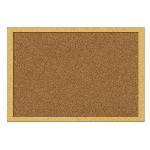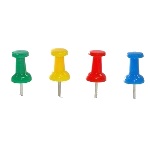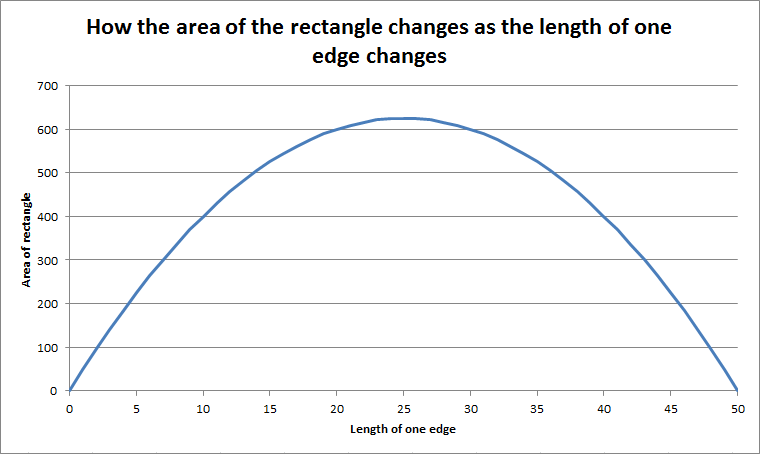- < Index
-
Experiment 1 v5
- Experiment 2 >
Measuring the areas of rectangles

Can you find the rectangle with the largest area?
Purpose
This experiment gives children an opportunity to measure distances and calculate areas. It is also good practice for drawing graphs.
The child will learn that different types of rectangle with the same perimeter have different areas, and that a square maximises this area.
You need to know
- how to calculate the area of a rectangle if you know the lengths of the sides (area = width × height)
You will need






Steps
- Start with an empty cork board. If possible, lay it flat on a table.
- Cut a piece of string or wool that is 106 cm long.
- Measure 3 cm from one end and make a mark on the string.
- Do the same from the other end.
- Tie the two ends of the string together to make a loop so that the two marks are touching.
- Push two pins into the cork board towards one of the edges.
- Wrap the string round the two pins.
-
Add the other two pins with the string tight around all four pins to form a rectangle.
Width Height Area 10 cm 40 cm -
Calculate the area of the rectangle and write it down as well.
Width Height Area 10 cm 40 cm 10 cm × 40 cm = 400 cm2 - Now move the pins to make a different type of rectangle (thinner or fatter than your original one).
- Again write down the length, width and area.
- Repeat this until you have at least ten rectangles recorded.
Hint
It will make your calculations easier of these two pins are a whole number of centimetres apart.
Questions
- Is the area always the same? If not, can you find the length and width that give you the largest area?
Expected answers
-
The area is not always the same. The greatest area will occur when the pins are arranged in a square.
Drawing a graph is a good way to see the pattern.

Explore further (optional)
- With your 100 cm loop of string, how can you work out the area if you know the length of one side?
- What if you aren't limited to rectangles? Can you find any shapes with the same parameter but a greater area?
Tips for further exploration
- Suppose one side of the rectangle has length L. There are 100 cm of string. Because it is a rectangle, two parallel sides both have length L, and the other two sides have equal length. Therefore the length of the other sides is (100 - (2 × L)) ÷ 2, which simplifies to 50 - L. So the area is L × (50 - L) or 50 L - L2.
-
Students at this level aren't expected to know the formulae for the areas of pentagons, hexagons, etc.
For a fixed perimeter, a circle has the greatest area of any shape.
One way to show this would be to create a small loop of string. Take a bunch of pencils and put the string around the bunch. Keep adding pencils until the string is taut and no more pencils will fit. The shape should be a solid circle, and you can't free up any more area by trying to squash it into a triangle or some other shape.



